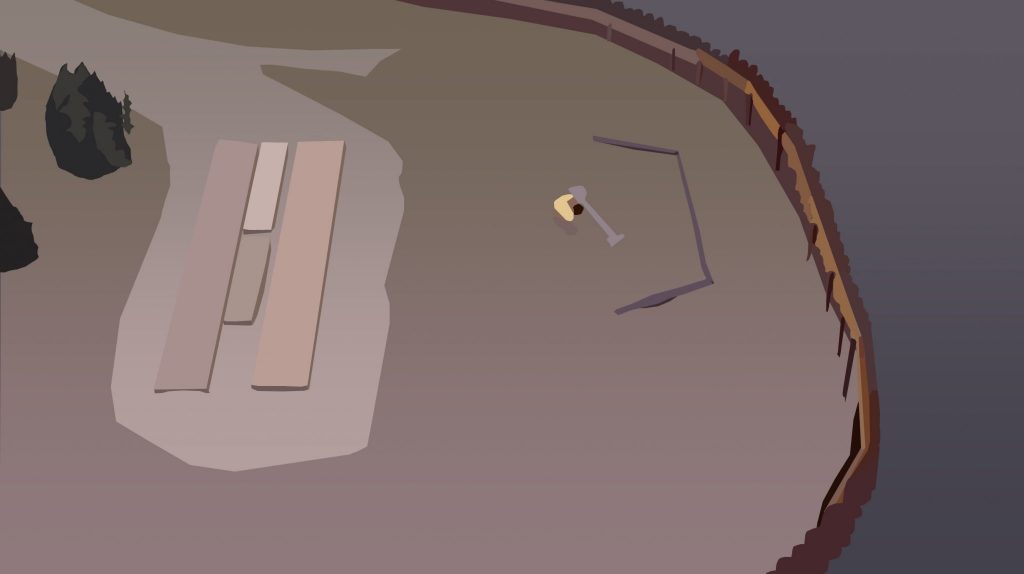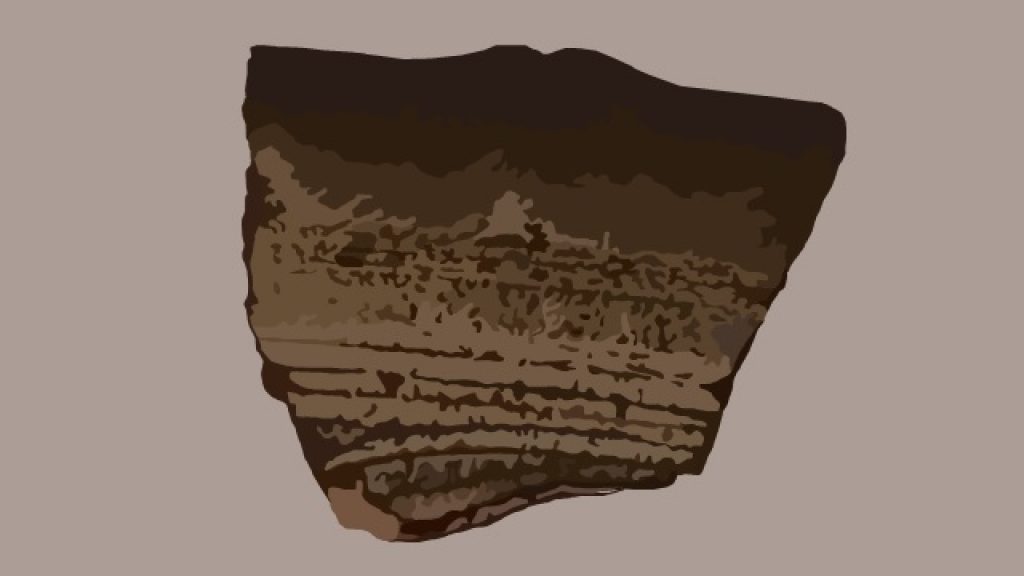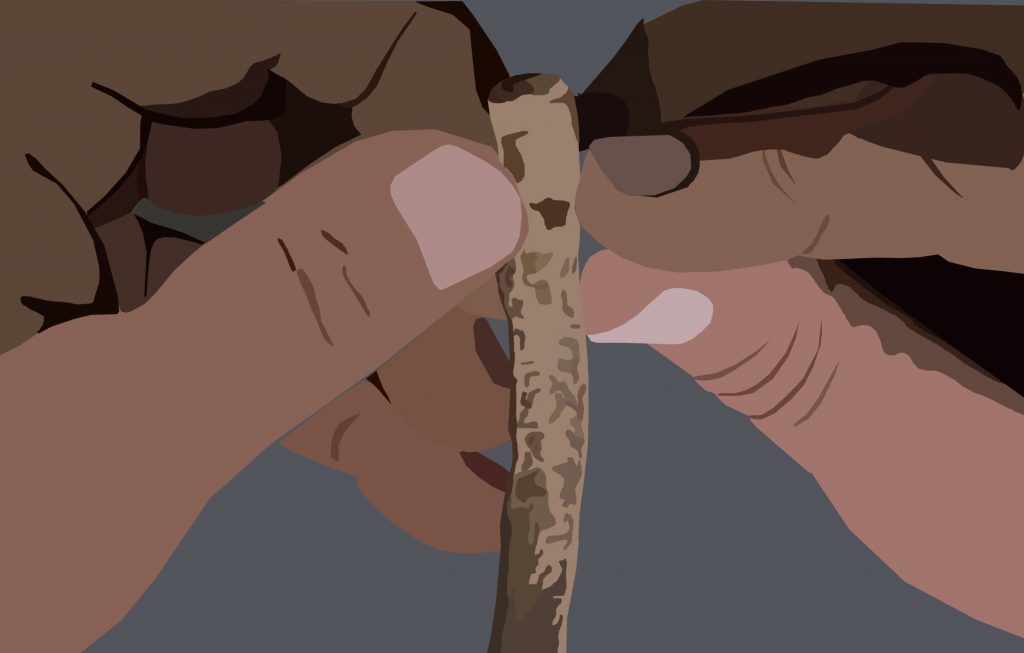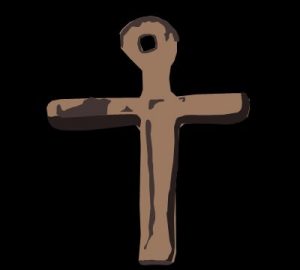The Curse of Oak Island: Season 6, Episode 18- Heavy Metal
The following is a Plot Summary and Analysis of Season 6, Episode 18 of the History Channel’s TV series The Curse of Oak Island.
[SPOILER ALERT!]
Plot Summary
Rick and Marty Lagina meet in the War Room with Craig Tester, the latter in attendance via video conference. The three partners discuss the ongoing operation at Smith’s Cove, and agree that they ought to dismantle the crane pad and search for the flood tunnel- a project for which they have recently acquired permits from the provincial government.

Later, the crew gathers at the Money Pit area, where the excavation of Borehole S6 is underway. Charles Barkhouse explains that the spoils from the excavation are being washed and sorted by the wash plant. Billy Gerhardt then shows Rick Lagina some of the artifacts recovered from the spoils, including several fragments of pottery, a shard of old black glass, and what appears to be a piece of a pipe stem. When Rick, in turn, shows the artifacts to the rest of the crew, Doug Crowell remarks that one piece of white and blue pottery evokes similar shards discovered in Borehole H8.
The following day, the crew members meet in the War Room, where they present Laird Niven with some of the artifacts brought up from S6. First, Niven dates the blue and white glazed pottery from the 1810s to the 1840s. Next, he dates the pipe stem to post-1850. Finally, the archaeologist dates a fragment of red earthenware to the early 1700s, saying “this is the kind of thing you’re hoping for.”

That evening, the crew meets at S6, where oscillator operator Danny Smith informs them that the shaft has reached bedrock at a depth of 175 feet. The treasure hunters agree to terminate the operation.
Some days later, Rick Lagina, Doug Crowell, and Paul Troutman head to the Oak Island Research Centre. There, Troutman voices his opinion that, based on recent discoveries and Steve Guptill’s master map of the Money Pit area, they ought to sink a shaft at a location dubbed ‘FG-5.5’.
Later, Gary Drayton and Jack Begley go metal detecting at Lot 21, where they discovered a bejeweled brooch in the Season 6 premiere and a French military hat ornament in Season 6, Episode 5. After some searching, the pair unearth a thin piece of lead. Immediately afterwards, they uncover another lead rod which appears to fit perfectly with the other. A square hole seems to have been punched at the intersection of the two pieces, reminding Gary Drayton of the square hole in the lead cross found at Smith’s Cove. “This might be Holy Shamoley: Part 2!” Drayton exclaims as he high-fives his bearded partner.

Later, the crew meets in the Oak Island Research Centre, where Gary Drayton shows them the pieces of lead he and Jack recently discovered. Drayton points out a potential floral pattern on the artifact, which Paul Troutman attempts to connect with the Tree of Life. Marty Lagina suggests that they have the lead chemically analyzed.
Three days later, the crew gathers at the Money Pit area, where Steve Guptill identifies and marks the location of the future Borehole FG-5.5. Contractor Vanessa Lucido, after an invitation from Marty Lagina, names the hypothetical shaft GG1 after her daughter, Grace.

Later, the team members congregate in the War Room, where they call up geochemist Tobias Skowronek of the German Mining Museum- the scientist who analyzed the lead cross in Season 6, Episode 6. Skowronek explains that he has analyzed the lead artifact recently unearthed on Lot 21, and believes it might have been an “art object”. He then describes an ancient metalwork technique called cloisonné, in which artists beautified objects by affixing them with thin strips of metal and then filling the area within the strips with glass or gemstones. He goes on to state that the lead object found on Lot 21 appears to bear evidence of cloisonné work on its surface.
Skowronek concludes his presentation by revealing that “the lead isotope data from [the Lot 21 artifact is] identical to [that] of the cross… That means that both pieces probably come from the same ore deposit… So, it’s pre-15th Century.”
“It seems incredible and stretches belief,” says Marty Lagina of the find in a later interview. “But the lead from the cross and the lead from this other piece were from the same ancient mine in France.”
Analysis
The Cloisonne
In this episode, Gary Drayton and Jack Begley went metal detecting on Oak Island’s Lot 21- the site of Daniel McGinnis’ old cabin and an area which they have searched extensively in the past. There, they discovered two thin pieces of lead a short distance below the surface. The pieces fit together, a square hole having been punched at their junction. Drayton remarked that the artifact reminded him of the lead cross found on Smith’s Cove, the metal of which geochemist Tobias Skowronek determined came from a pre-modern French mine.

The Oak Island crew sent these new lead pieces to Skowronek for analysis. The German geochemist examined the artifacts and determined that they form a cloisonné– a decorative piece inlaid with glass through the use of metal wires affixed to its surface. He also analyzed the lead’s isotopic signature and determined that the metal came from the same pre-modern mine which yielded the metal of which the lead cross is composed- a mine located in close proximity to the town of Renne-les-Chateau, which features in the Knights Templar theory seemingly favoured by the show’s producers. This startling coincidence, coupled with the fact that these new lead artifacts were discovered near the surface in an area which Gary Drayton had searched thoroughly in the past, almost hints at the possibility of a hoax.







Leave a Reply